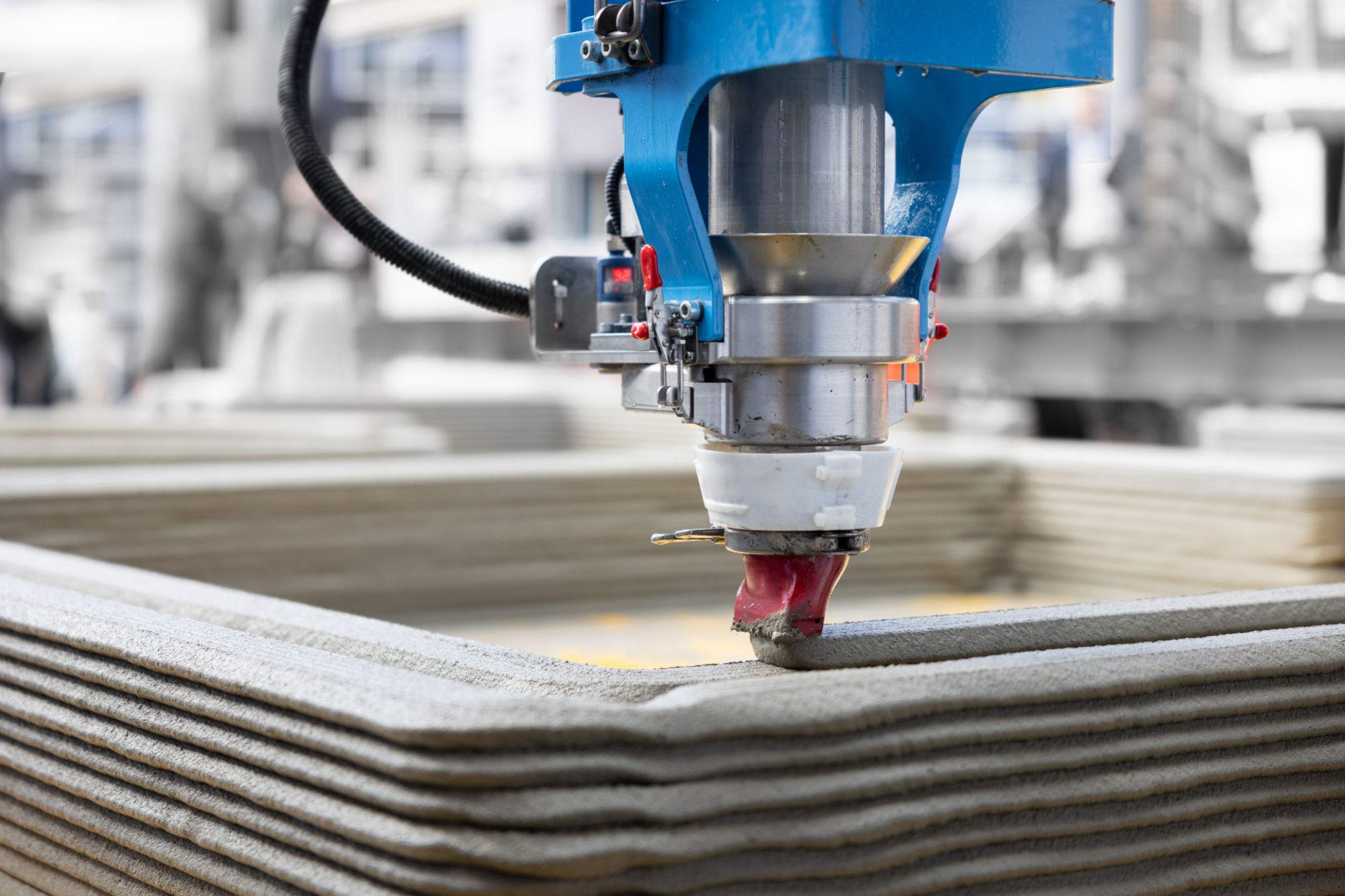Top Emerging Technologies in Architecture You Should Know About
Introduction to Emerging Technologies in Architecture
The architecture industry is experiencing a technological renaissance. With advancements happening at an unprecedented pace, architects and designers are constantly seeking innovative ways to enhance their designs and improve efficiency. In this blog post, we will explore some of the top emerging technologies in architecture that are revolutionizing the field.

Building Information Modeling (BIM)
Building Information Modeling, commonly known as BIM, has become a cornerstone in modern architecture. This technology enables architects to create digital representations of buildings that encapsulate not only the physical but also the functional characteristics of a construction project. BIM facilitates better collaboration among stakeholders, reduces errors, and improves project outcomes.
One of the most significant advantages of BIM is its ability to simulate real-world performance. Architects can use BIM to test various design scenarios and assess the impact of different materials and systems on a building's overall performance. This capability leads to more informed decision-making and sustainable design practices.
3D Printing
3D printing is transforming the way architects approach construction. This technology allows for the creation of complex structures with unparalleled precision and minimal waste. Architects can now design intricate components that were previously impossible or too costly to produce using traditional methods.

Moreover, 3D printing can significantly reduce construction times, enabling faster project completions. From printing small-scale models for design validation to fabricating large-scale building components, 3D printing is paving the way for a more efficient and sustainable construction industry.
Virtual Reality (VR) and Augmented Reality (AR)
Virtual Reality (VR) and Augmented Reality (AR) are reshaping how architects visualize and present their designs. These immersive technologies allow stakeholders to experience a building before it is constructed, providing valuable insights into spatial relationships and design aesthetics.
With VR and AR, architects can conduct virtual walkthroughs, enabling clients to explore every corner of a building in real-time. This interactive experience fosters better communication between architects and clients, ensuring that the final design aligns with the client's vision.
Sustainable Materials and Smart Building Systems
The growing emphasis on sustainability has led to the development of innovative materials and smart building systems. Architects are now incorporating materials that are renewable, recyclable, and environmentally friendly into their designs. These materials not only reduce a building's carbon footprint but also enhance its energy efficiency.

Smart building systems, powered by the Internet of Things (IoT), are also gaining traction in modern architecture. These systems integrate advanced sensors and automation technologies to optimize energy consumption, improve comfort levels, and ensure the safety of occupants. By utilizing sustainable materials and smart systems, architects are creating buildings that are both environmentally responsible and technologically advanced.
Conclusion
The integration of emerging technologies in architecture is transforming the industry in unprecedented ways. From BIM and 3D printing to VR/AR and sustainable innovations, these technologies are pushing the boundaries of what is possible in architectural design and construction. As these technologies continue to evolve, they promise to bring even more exciting changes to the field, shaping the future of architecture for years to come.
